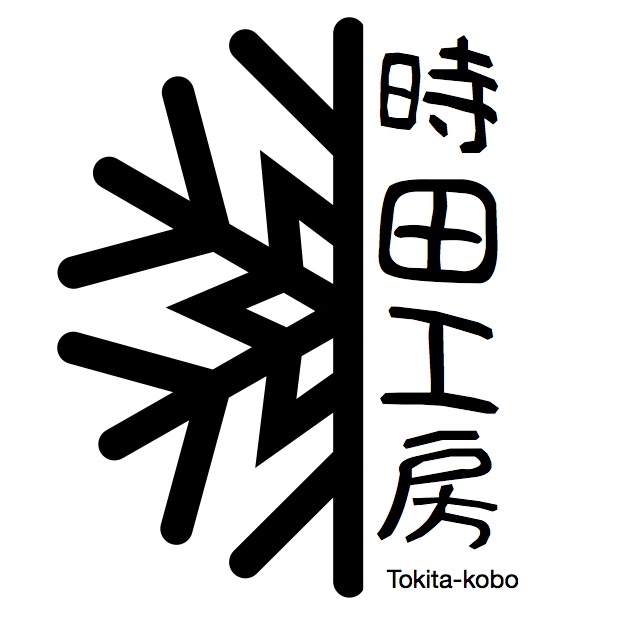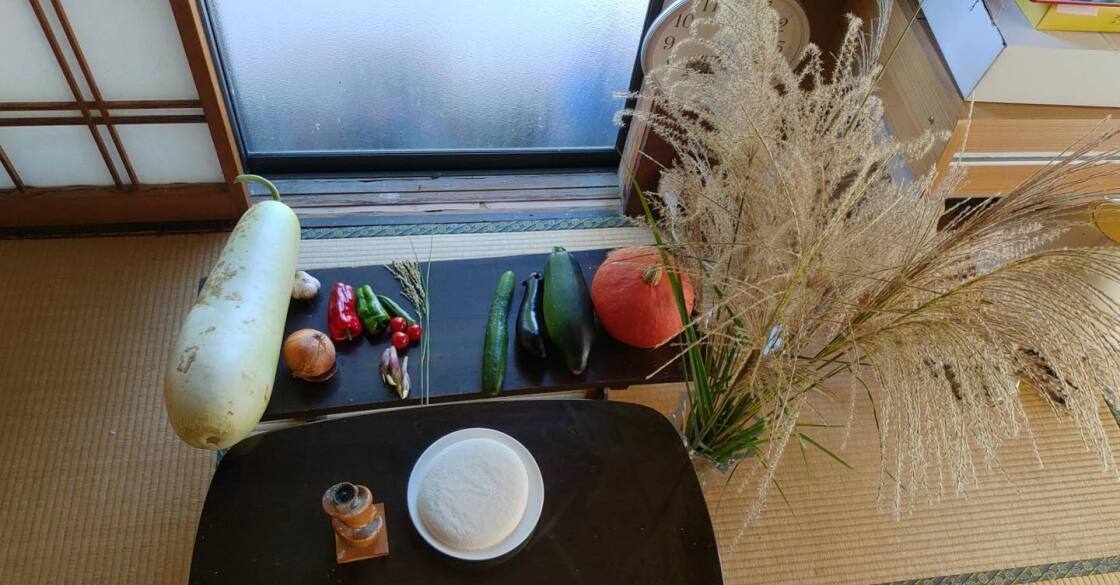
Otsukimi: Japan’s Beautiful Moon-Viewing Tradition
What is Otsukimi?
Otsukimi means “Moon Viewing.” 十五夜 (Jūgoya) refers to the traditional Japanese celebration of the full moon, observed on the 15th night of the 8th month of the lunar calendar. Known as the Harvest Moon Festival or Mid-Autumn Moon Viewing, it is a time to appreciate the beauty of the full moon, give thanks for the harvest, and pray for good fortune. The tradition includes offerings like dumplings (月見団子, Tsukimi Dango), seasonal plants such as pampas grass (ススキ, Susuki), and enjoying the moonlit night with family or friends. It is deeply rooted in Japanese culture and influenced by Chinese customs.
Otsukimi in Minami-Aizu
September 10th is Otsukimi (Jūgoya), 2023. In my current area, Minami-Aizu, we celebrate with the crops of this year, rice cake, and Japanese pampas (Susuki). This traditional event is different depending on the area, and the Otsukimi event in Minami-Aizu is also special for the local people.
Minami-Aizu, a region known for its rich natural beauty and agricultural traditions, observes Otsukimi with deep appreciation for the land and its blessings. Families gather to make tsukimi dango, decorate their homes with Susuki, and share seasonal foods such as sweet potatoes, chestnuts, and freshly harvested rice. The clear night skies of Minami-Aizu make moon viewing even more enchanting, as the bright full moon illuminates the countryside.
Regional Variations of Otsukimi

While the core elements of Otsukimi remain the same across Japan, different regions have their own customs. Some areas host festivals and performances, while others focus on quiet reflection and family gatherings. In Kyoto, for example, the Osawa Pond Moon Viewing event at Daikaku-ji Temple is a famous way to experience Otsukimi in a serene, historic setting. Meanwhile, in some rural areas, offerings are made not just at home but also at local shrines and temples.
The Meaning of Otsukimi Today
Although modern life has made traditional celebrations less common, Otsukimi remains a cherished cultural event in Japan. Some people enjoy a simple tsukimi meal at home, while others participate in moon-viewing gatherings. Restaurants and cafes even offer special Otsukimi-themed dishes, such as egg-topped “Tsukimi Udon” or “Tsukimi Burgers” inspired by the full moon.
In an era of fast-paced living, Otsukimi invites us to slow down, appreciate the natural world, and reflect on the passage of time. Whether in the countryside of Minami-Aizu or the bustling streets of Tokyo, looking up at the bright autumn moon is a reminder of the beauty and serenity that the season brings.
How Do You Celebrate?
Have you ever experienced an Otsukimi celebration? Do you have any special traditions for moon-viewing where you live? Share your thoughts and experiences in the comments below!

